David Rumelhart
(17 articles)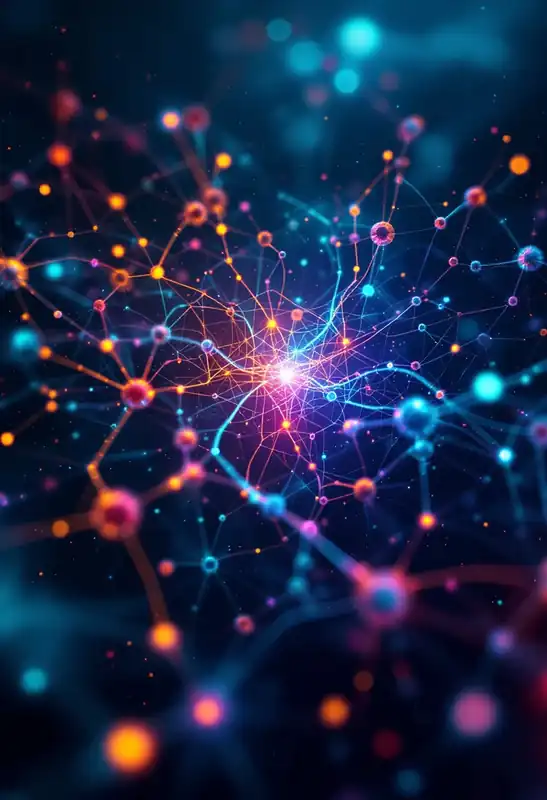
ANN
Artificial Neural Networks
Artificial Neural Networks
Computing systems inspired by the biological neural networks that constitute animal brains, designed to progressively improve their performance on tasks by considering examples.
Generality: 875

Neural Network
Computing system designed to simulate the way human brains analyze and process information, using a network of interconnected nodes that work together to solve specific problems.
Generality: 932

Connectionist AI
Set of computational models in AI that simulate the human brain's network of neurons to process information and learn from data.
Generality: 900
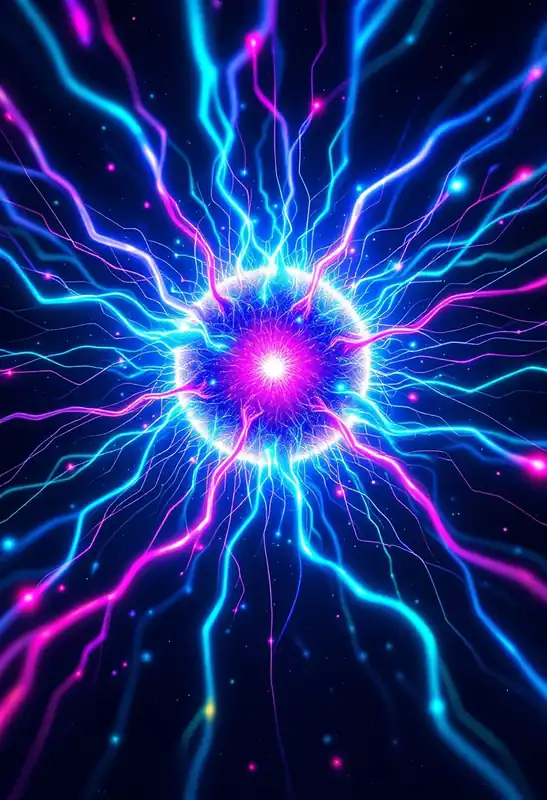
Artificial Neuron
Computational models inspired by biological neurons, serving as the foundational units of artificial neural networks to process input and output signals.
Generality: 825

MCP neuron
Early computational model of a biological neuron forming the basis for artificial neural networks.
Generality: 500

Linear Separability
The ability of a dataset to be perfectly separated into two classes using a straight line in two dimensions or a hyperplane in higher dimensions.
Generality: 500

Feed Forward
Essential structure of an artificial neural network that directs data or information from the input layer towards the output layer without looping back.
Generality: 860

Perceptron Convergence
A phenomena where a perceptron algorithm effectively stabilizes, ensuring that it can find a solution for linearly separable datasets after a finite number of iterations.
Generality: 500

Dualism
Theory or concept that emphasizes the division between symbolic (classical) AI and sub-symbolic (connectionist) AI.
Generality: 830
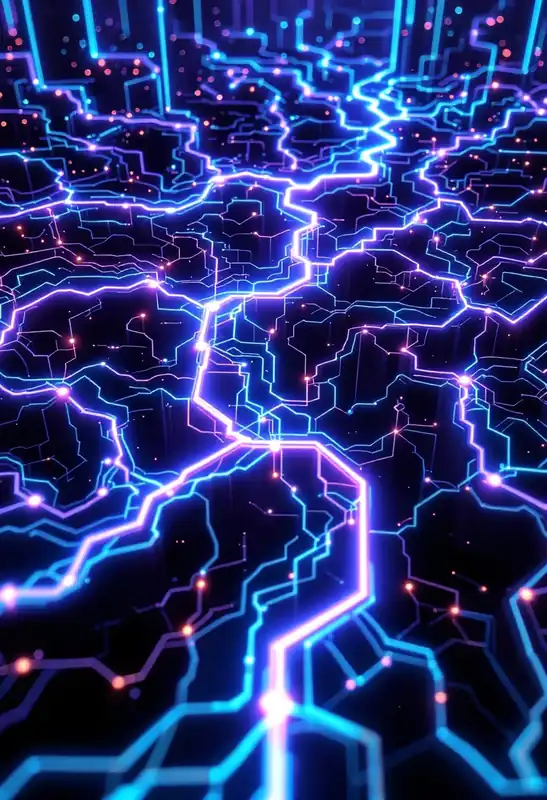
Subsymbolic AI
AI approaches that do not use explicit symbolic representation of knowledge but instead rely on distributed, often neural network-based methods to process and learn from data.
Generality: 900
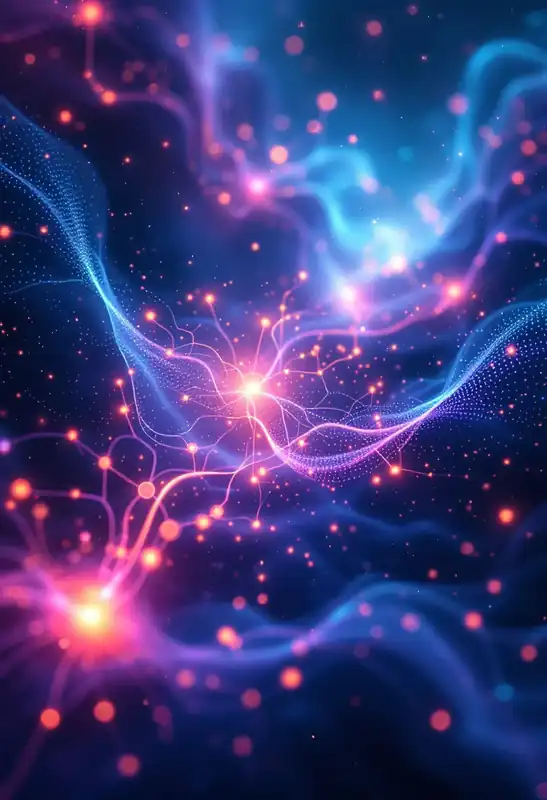
RNN
Recurrent Neural Network
Recurrent Neural Network
Class of neural networks where connections between nodes form a directed graph along a temporal sequence, enabling them to exhibit temporal dynamic behavior for a sequence of inputs.
Generality: 892
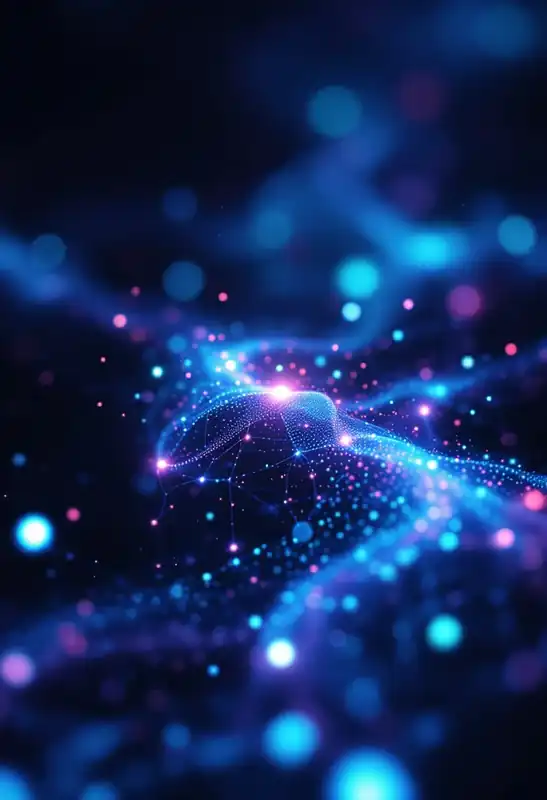
Hidden Layer
Layer of neurons in an artificial neural network that processes inputs from the previous layer, transforming the data before passing it on to the next layer, without direct exposure to the input or output data.
Generality: 861
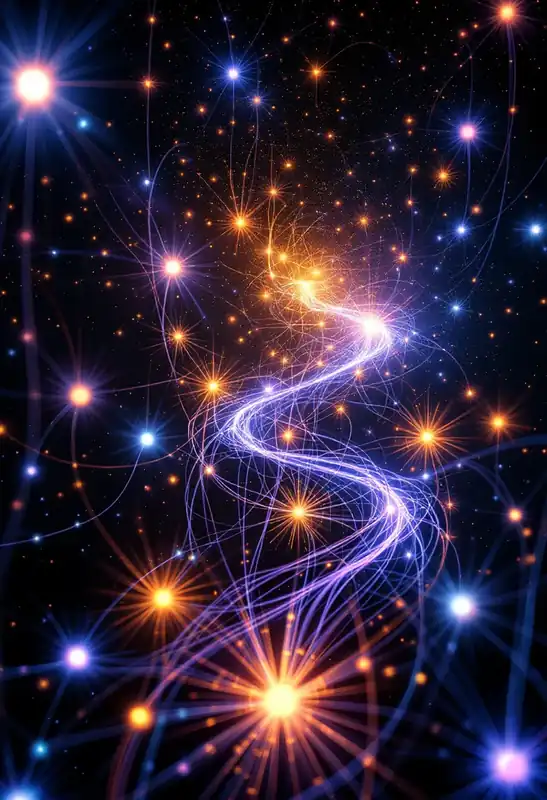
Forward Propagation
Process in a neural network where input data is passed through layers of the network to generate output.
Generality: 830

Function Approximator
Computational model used to estimate a target function that is generally complex or unknown, often applied in machine learning and control systems.
Generality: 806
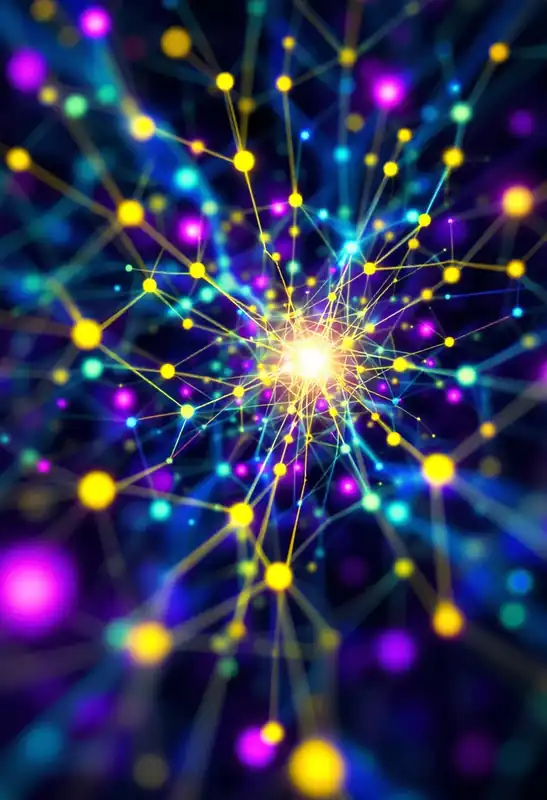
Node
A fundamental unit within a neural network or graph that processes inputs to produce outputs, often reflecting the biological concept of neurons.
Generality: 500

Recognition Model
Element of AI that identifies patterns and features in data through learning processes.
Generality: 790
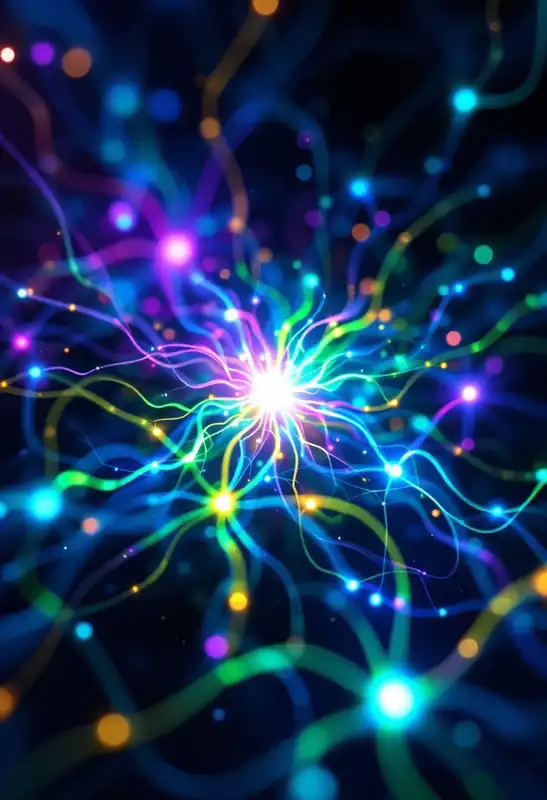
Activation Data
Intermediate outputs produced by neurons in a neural network when processing input data, which are used to evaluate and update the network during training.
Generality: 575